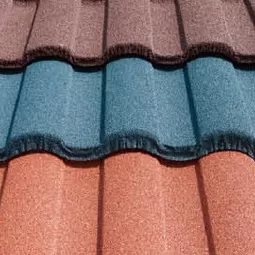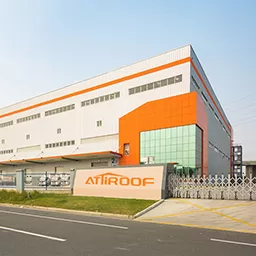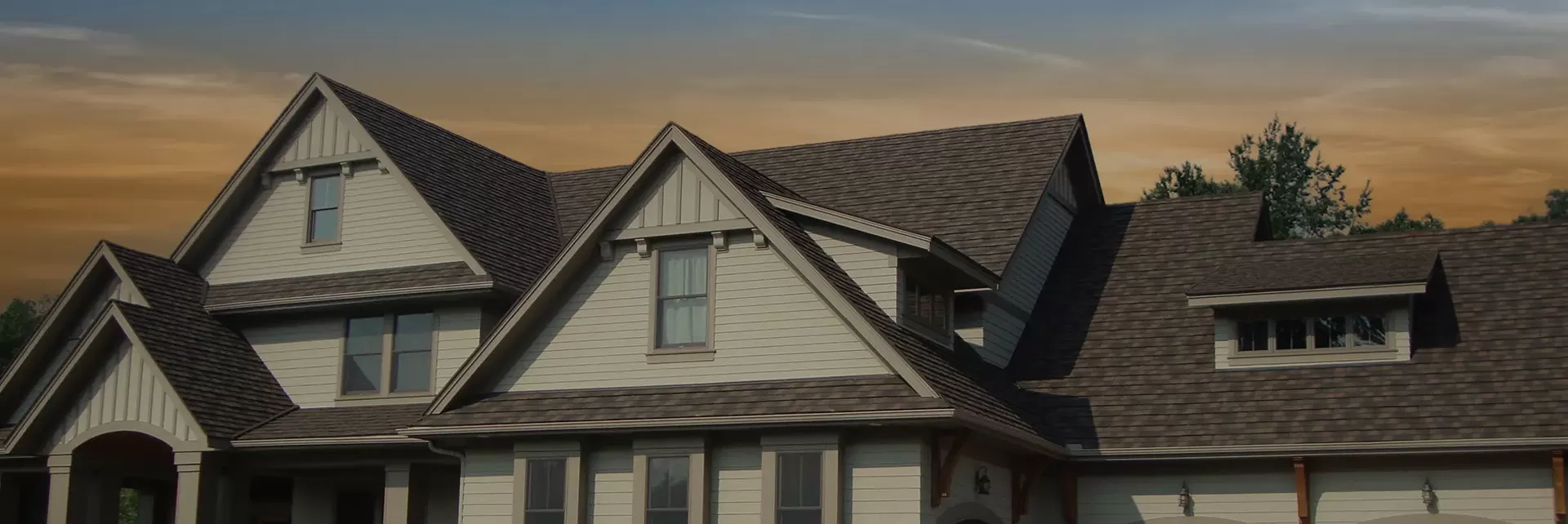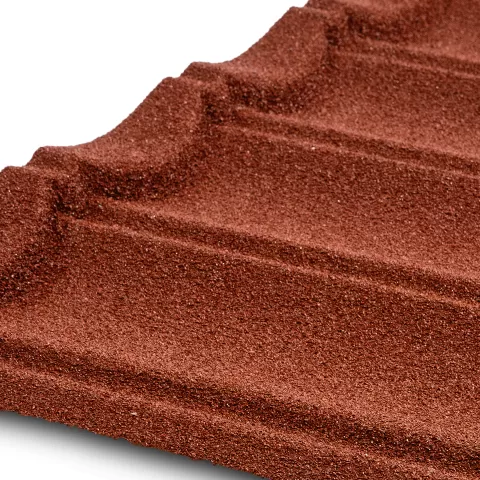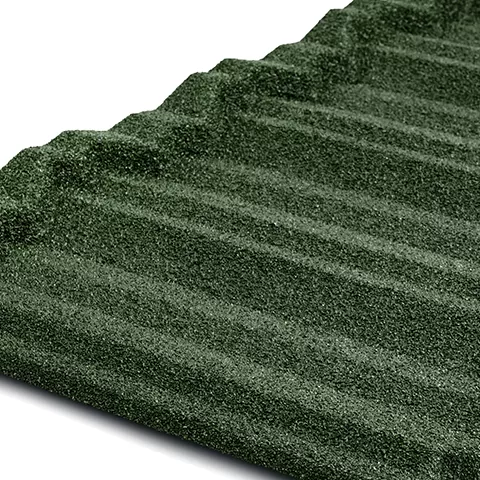1. Identifying Your Climatic Heat Zone
While California has specific heat zones, this reference is to the 7 climate zones recognized by the IECC in the U.S. Cool roofs are particularly recommended for Zones 1 to 5. In Zones 6-7, a cool roof may not be necessary, but it would still be beneficial.
2. Evaluating the Slope of Your Roof
Roof inclinations are categorized into two main types: low incline and steep incline. Roofs with a low incline have a pitch not exceeding 2:12, whereas those with a steep incline have a pitch of 3:12 or more. Roofs with a low incline typically use materials like single-ply roofing membranes, roof coatings, or metallic roofing. On the other hand, steep incline roofs can be decked with a variety of materials such as shingles, tiles, natural elements like slate and clay, synthetic composite tiles, in addition to the materials used for low incline roofs. It's important to note that there are distinct solar reflectance standards for low and steep incline roofs, and the chosen materials must comply with these minimum requirements.
3. Consider the Weight of Roofing Materials
The decision to opt for standard roofing support or to incorporate extra engineering hinges on the weight of the selected roofing materials. Lightweight options like asphalt shingles, single ply membranes, and metal or synthetic composite tiles typically don't necessitate extra roof reinforcement. However, heavier materials such as terracotta, concrete, and slate demand specialized structural support due to their weight, which is more than double that of the standard roofing options.
4. Implement a Radiant Heat Shield
Title 24 advises the installation of a radiant barrier beneath all cool roofing materials. This can be achieved using an oriented strand board (OSB) with an integrated radiant barrier, or by installing a separate radiant heat shield under the roof decking. This type of product is designed to deflect heat away from the interior living spaces, redirecting it back towards the home's exterior.
5. Select Appropriate Roof Tile Materials
Modern roofing materials are often designed to meet cool roof standards, yet each comes with its own set of advantages and disadvantages. For roofs with a low pitch, elastomeric coatings that conform to cool roof criteria are available. High pitch roofs offer a wider range of options. Asphalt shingles are the most budget-friendly choice but have a relatively shorter lifespan. Metal roofing, while more costly than asphalt, is another viable option. Natural roofing tiles, although expensive to buy, install, and maintain, can be treated with specific reflective materials to fulfill ENERGY STAR specifications.
6. Comply with Regulatory Standards
For your cool roof design, it's essential to use materials that adhere to either California's Title 24 standards or the federal government's ENERGY STAR guidelines. These specifications are product-specific and encompass various criteria including initial solar reflectance, maintenance of solar reflectance, durability, thermal emittance, and color family classification. To confirm your selection is compliant, look for materials marked with either the ENERGY STAR or Title 24 certification label.
7. Comply with Homeowners Association (HOA) Guidelines
While your HOA may not influence whether your roof complies with Title 24 or ENERGY STAR standards, they might have regulations regarding the color or style of your roof tiles. Proactive planning is key to avoid any need to alter your design choices later, especially if you select a color or design that may not align with your HOA's preferences.




